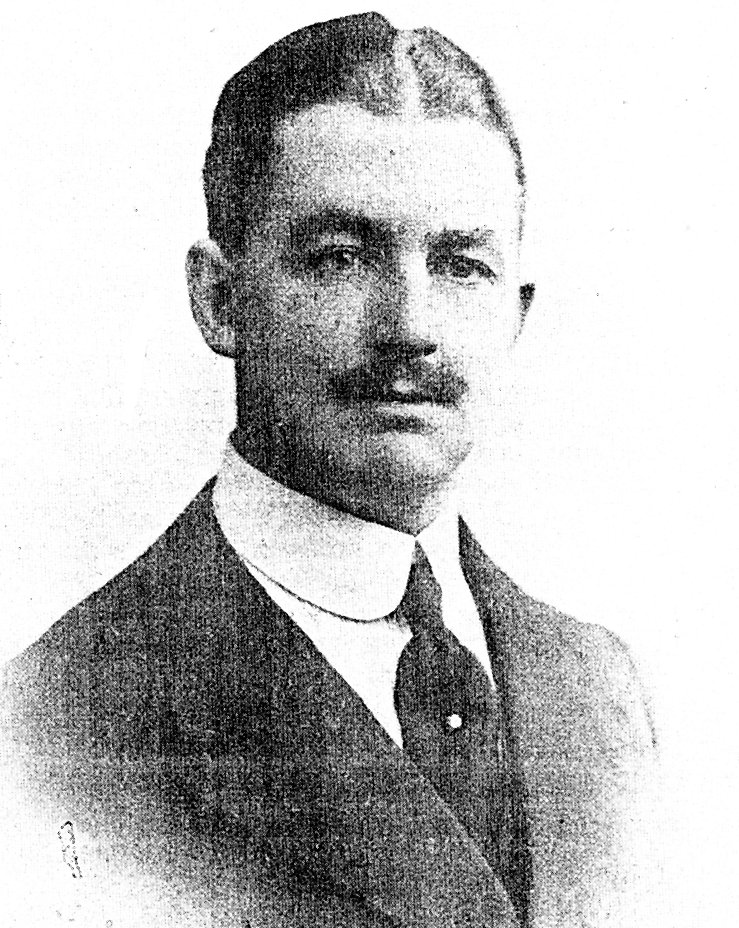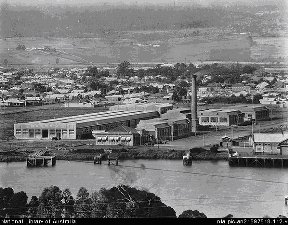
 |
Rapson quickly won Miss Schintz's good favour and he eventually became her personal secretary. He accompanied Miss Schintz to Ottershaw Park where he lived in a suite of apartments in the Mansion and had workshops in The Bothy. He maintained a fleet of cars including a Lanchester, Rolls-Royce, Napier and Daimler which were kept in the Bothy garage and frequently featured in articles in motoring journals. They were always reported in the press as belonging to Rapson but in reality they were probably the property of Miss Schintz. Rapson equipped these cars with his own high endurance tyres and frequently appeared at Brooklands and other racing venues. In 1924 it was claimed that over 50 world records were broken using cars fitted with Rapson types.
In 1919 the Rapson Automobile Patents Ltd company had been formed to acquire Rapson's inventions. When Rapson invented a high performance tyre he set up the Rapson Tyre and Jack Co. in New Malden in January 1922 to manufacture and distribute them. Rapson's advertisements proudly displayed "By appointment to the King" and "By appointment to The Prince of Wales". The company had no working capital and for the provision of funds depended mainly on Miss Schintz. For a while Rapson's tyre sold well, demand often outstripping production but by October 1922 the company was already in financial difficulties. This was the first of a number of companies that Mr Rapson was to set up. In 1923 "Rapson Tyre Company (of Europe) Ltd" was promoted but failed from the outset. The sales of tyres dropped off and the Malden factory closed in 1925, and from January 1926 when Rapson became ill and withdrew temporarily from business life. An agreement was reached with the North British Rubber Co. Ltd to manufacture and distribute his tyres.
Arrowe
Hall Auxiliary Hospital where Miss Schintz first met Frederick Rapson
 |
From September that year Rapson acquired the manufacturing and distribution rights in Australasia through the Rapson Tyre and Rubber Co. (Australia) Ltd. in Tasmania, but this collapsed in December 1930. Back in the UK in November the sale of tyres was taken over by F Lionel Rapson Ltd. a company virtually owned by Miss Schintz. Later she seems to have withdrawn her financial support for this venture and sales returned to the North British Rubber Co. once again. Eventually the company failed and was wound up in June 1931. Rapson blamed intense competition, insufficient working capital, mismanagement and inexperience on his own part, and that expected royalities from sales by North British Rubber had failed to materialise. He also claimed that the factory had to be re-equipped on more than one occasion to keep pace with developments in the industry. Others listed extravagant equipment and advertising together with the unsettled state of the rubber market in the last year of the company's trading as contributory causes.
Rapson again hit he motoring headlines in 1928 when, with the assistance of his son Freddie, he broke a non-stop motoring distance record of 50,000 miles at the Miramas track near Marseilles that year. By this time he appears to have left Ottershaw for Eastbourne where by 1932 his business address was 4 Lascelles Mansions and he described himself as a Consulting Engineer. In 1933 he died there of epilepsy aged 43 and his home address was given as 97 Victoria Drive.